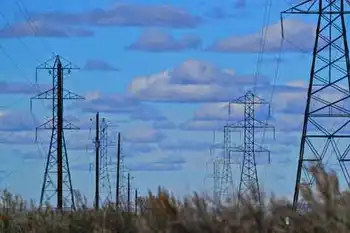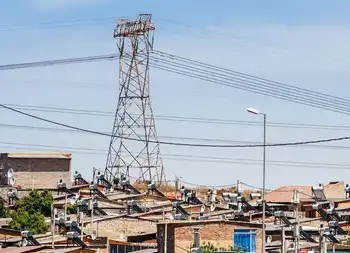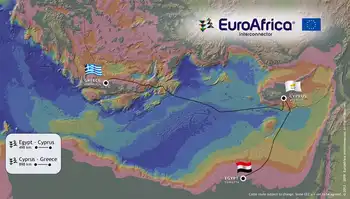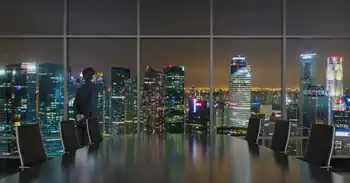Shadow cast over Areva's EPR nuclear reactor
In a rare move, the three safety watchdogs issued a joint statement calling on Areva to make changes to the reactor's control and instrumentation (C&I) systems, which have been highlighted as a point of concern by all three organizations in the past. The regulators told Areva that safety systems must be separated from the control systems to reduce the risk of simultaneous failure in the event of an emergency.
Areva is currently building EPR-based nuclear plants in Flamanville, France, and at the troubled Olkiluoto 3 site in Finland, both of which have run into problems. The safety concerns come at a time when Areva is hoping to become a key supplier for the forthcoming new wave of nuclear plant construction in the UK. The company is also part of a trio of bidders hoping to win contracts to build between four and six nuclear reactors in United Arab Emirates.
"Although the EPR design being developed for each country varies slightly, the issues we raised with the current C&I system are broadly similar, our aim being to collectively obtain the highest levels of safety from the EPR," said the joint statement from the three nuclear regulators. "The issue is primarily around ensuring the adequacy of the safety systems — those used to maintain control of the plant if it goes outside normal conditions — and their independence from the control systems... used to operate the plant under normal conditions. Independence is important, because if a safety system provides protection against the failure of a control system, then they should not fail together. The EPR design, as originally proposed by the licensees and the manufacturer, Areva, doesn't comply with the independence principle, as there is a very high degree of complex interconnectivity between the control and safety systems."
Areva has agreed to modify the system, but the issue has sent the company's share price into freefall, losing 4% of its value in just a few days. The company said: "The EPR reactor is currently the most powerful reactor in the world and meets the highest safety standards. Areva is working closely with the authorities in each country to determine how its model can respond to various local issues. Areva guarantees the safety of its reactor and welcomes the approach made by the safety authorities to introduce a global standardization for its I&C model."
This latest setback to the EPR reactor comes on the back of increased delays with the Olkiluoto 3 build in Finland. Just recently, Finnish energy provider and project owner Teollisuuden Voima Oy said that the June 2012 completion date is no longer feasible, while Finnish safety group STUK highlighted issues with poor pipe welding at the site.
Olkiluoto 3 was meant to showcase the EPR to the world, but has become a high profile disaster that is running three years late. The contract was originally valued at $4.27 billion, but Areva now expects to make a loss of $4.3 billion on the project.
Related News
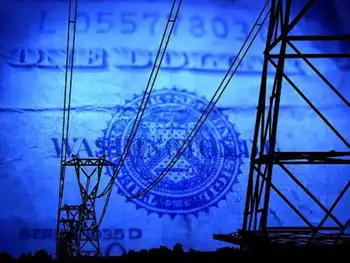
Duke Energy will spend US$25bn to modernise its US grid
WASHINGTON - The US power group Duke Energy plans to invest US$25bn on grid modernization over the 2017-2026 period, including the implementation of smart grid technologies to cope with the development of renewable energies, along with US$11bn on the expansion of renewable (wind and solar) and gas-fired power generation capacities.
The company will modernize its fleet and expects more than 80% of its power generation mix to come from zero and lower CO2 emitting sources by 2030. Its current strategy focuses on cutting down CO2 emissions by 40% by 2030. Duke Energy will also promote energy efficiency and expects cumulative energy savings - based on…

